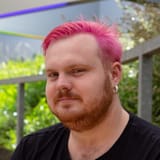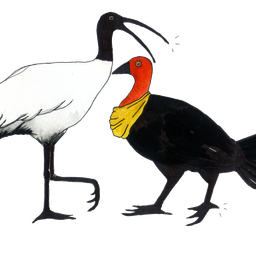02: Taking a Punt
The world is burning but at least I got to stand at a confluence of the Birrarung and say ‘Wow, I love this city.’
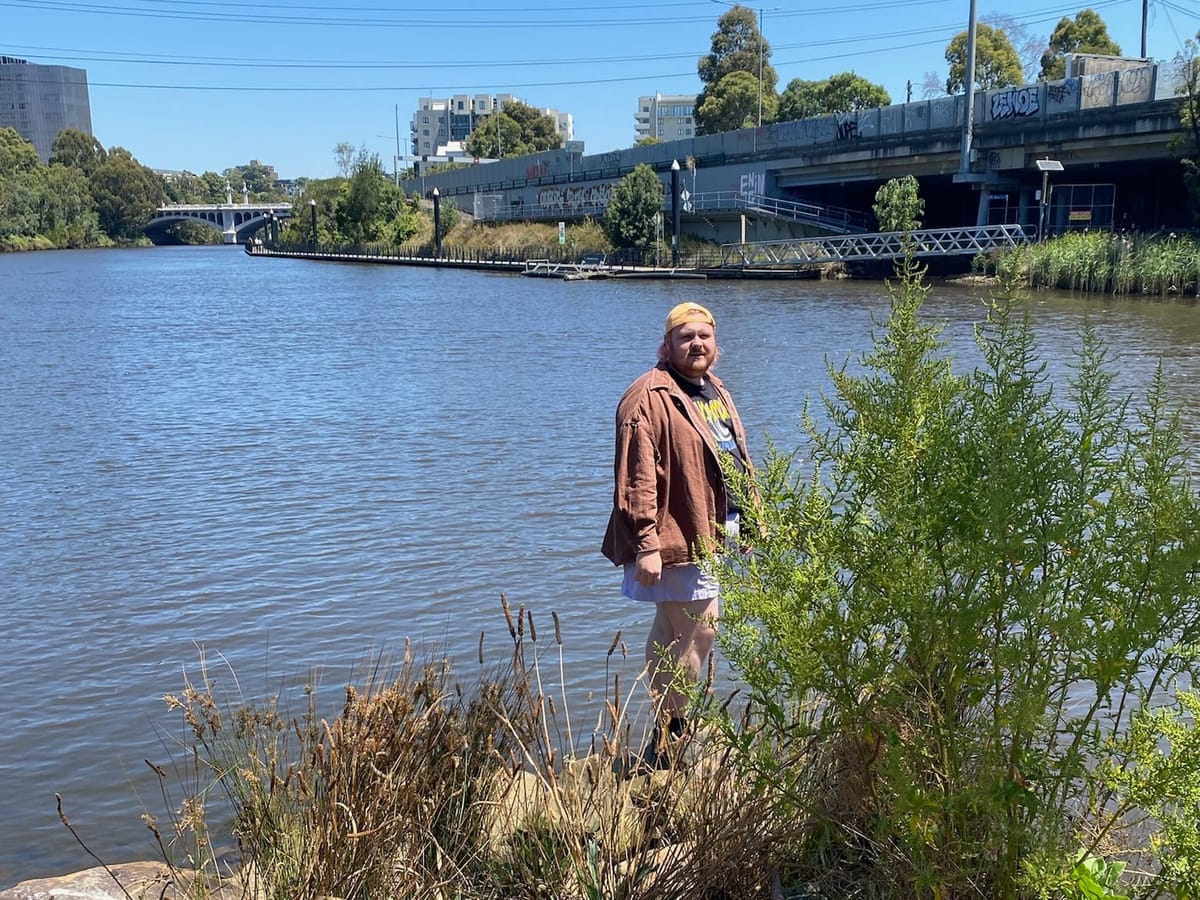
It’s been a helluva week my friends.
My home state has done some heinous things to trans healthcare. America is a dumpster fire. The artist behind Pam the Bird was arrested. And I visited an island in the middle of South Yarra filled with environmental sculpture which you can only get to with a free punt during the summer months (highly recommended, been on my bucket list for years, please go so we can yap about the art).
I hope you’re keeping safe.

First thing’s first, Bluesky has really come into it’s own over the past couple weeks as my favourite social media. Through it, I stumbled across the below article from Joe Hardy about the most recent Triple J Hottest 100. Specifically, the declining number of Aussie artists on the list and what that means for Australia’s creative industries.
Australian artists are - more than ever - competing against a global pool of "content", and if we're going to play a numbers game like that, Australian music is going to lose. We're seeing that every day through reduced engagement with Australian music.
It’s pretty dire.
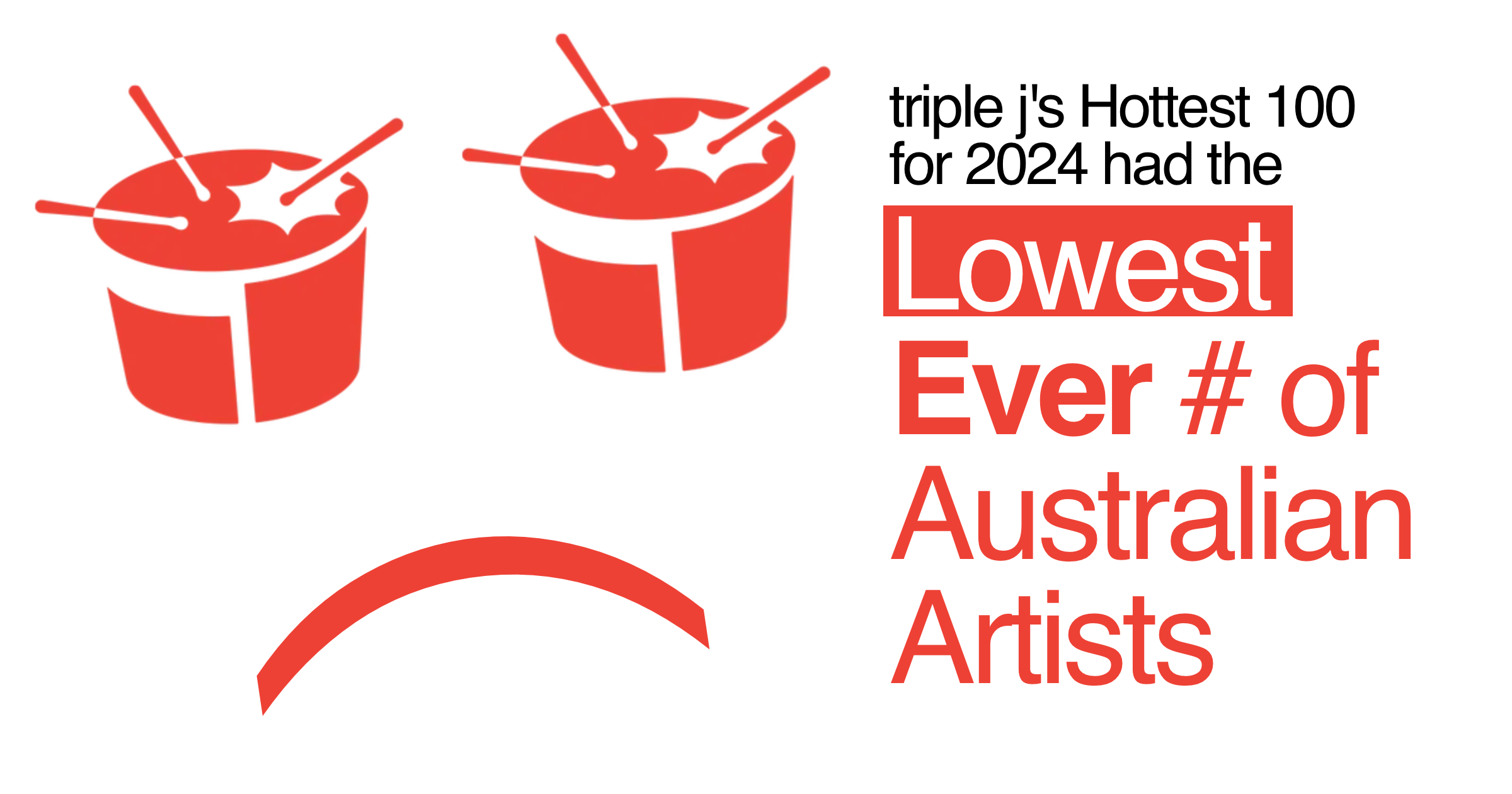
Hardy also runs Sydney Music which is a weekly gig guide and fuck it’s so cool. Imagine if we had something similar for Melbourne’s theatre scene.
This is a great interview from Anne Helen Petersen who spoke with Pagan Kennedy, writer of The Secret History of the Rape Kit: A True Crime Story. Kennedy says in the interview:
The Chicago rape kit succeeded because it was entirely different in spirit from its predecessors. Marty Goddard and her collaborators pushed for a new kind of professionalism. They began with the idea that you could prove that a rape had occurred, that this was a crime like any other. They created a kit that would be used by trained nurses who understood exactly how to create a chain of evidence – how, for instance, to collect slides that the crime lab would use to analyze blood or semen.
A really solid interview ending with a new book added to my Kobo wishlist.
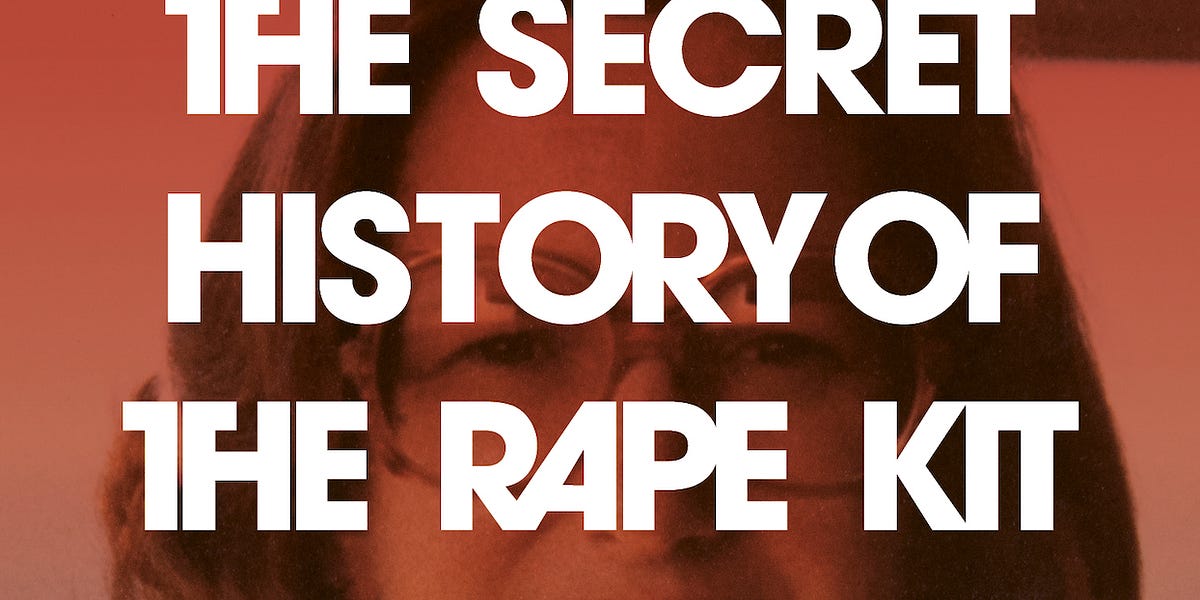
Another fascinating article I read was from Jonathan Sriranganathan about the gentrification of Brisbane’s West End. Sriranganathan charts how in the past decade property development has priced out the artists and students and alternative folk who used to call Kurilpa home.
Reflecting on the changes to the vibe in the West End, Sriranganathan says:
That deference to establishment power structures worries me the most. If young West Enders are no longer encouraged to think critically about hierarchy and imagine different, more radical futures, where will those conversations happen? And where in our city will alternative hubs of resistance to oppression be able to form?
It’s a really interesting read about the importance of local identity and how fragile it can be. Plus, it makes me nostalgic for an Australia I never really got to live in.
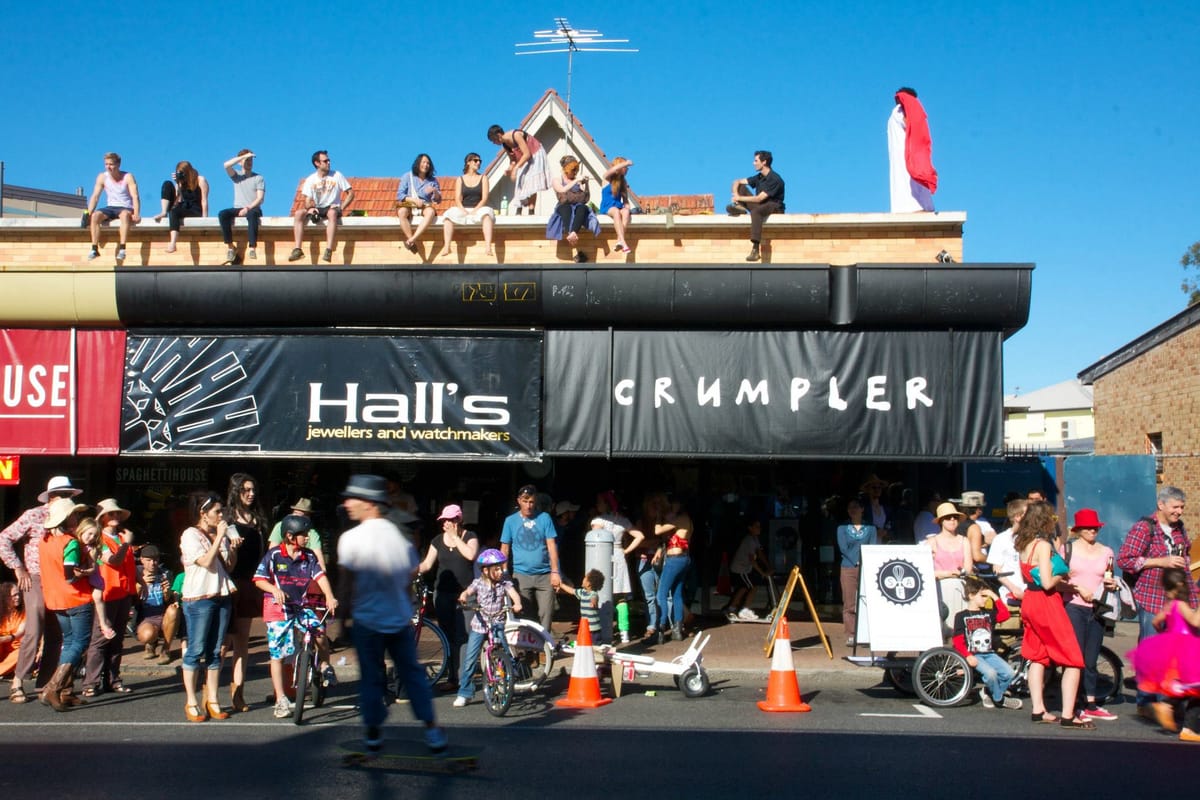

It’s been a quiet week for theatre (I saw 3 shows) which is a big contrast to my week ahead (I’m booked in for 8 shows).
I started the week watching Florian Wild’s MONSTER at Chapel off Chapel which was a really lovely and fun cabaret about the precariousness of trans identities in a world filled with fear. Every time I leave a cabaret I’m always a bit like “but it wasn’t very theatrical was it?” which makes sense… they’re different art forms with different tropes. But Florian’s story telling assuaged that little voice in my head. Good fun.
Later in the week I met up with an old friend and we saw the Australian Shakespeare Company’s Macbeth that’s in the Royal Botanic Gardens. Our ticket inadvertently came with a free bottle of wine which ended up all going to me. I really love Macbeth and this production was exhilarating, which realistically could’ve either been the wine or our front row seats—BUT nevertheless, if you’re looking for a really solid Macbeth, this is it.
And then last night me and some of the team who made Full Cream ended up seeing Milo Hartill’s Black, Fat and F**gy together which was a hoot. Another cabaret but Milo is just so so so fun and full of relatable stories. I’ve seen a couple shows which describe themselves as about fatness but then ultimately don’t really unpack anything about bigger bodies—but Milo absolutely didn’t do that. We delved into the politics of dating and fucking fat and it was a sight to see. They’re so crass and unapologetic and it made for a great time. My biggest regret is that we went on a Monday; it really was a Friday sort of show, you know?

After Milo’s show Georgie, Jonno, and I enjoyed some Yo-chi together (the sheer heterosexuality of frozen yoghurt notwithstanding) and had a little yap about new shows we might make together: circling around ideas of fat psychological thrillers and post-apocalyptic visions of fatness. I had forgotten how much I loved making art with the two of them, so it‘s exciting that we might be back in a room altogether soon.
I have been hooked on Daybreak which is a cooperative board game (from the makers of Pandemic) about how we solve climate change. You play as different world powers trying to build renewables, eradicate fossil fuels, and build up ecological resources to draw down emissions. It’s a game that’s both beautiful, prescient, and really addictive (I’ve played, no joke, about 40 solo games of it in the past week).
While diving into Daybreak I’ve been thinking about an idea for a game I wanted to play four years ago when I was just getting into boardgames. It didn’t exist then and I didn’t have enough experience in games to think I could make one but maybe now I do. I’ve always been fascinated by the Olympics as a force to shape cities for better and worse; the way a fortnight of sports could disrupt lives or prepare a city for the future. Playing Daybreak has I think helped me figure out how I might go about designing a game system which would emulate the preparation and aftermath of the Games.
So, over the past week I’ve been collecting actions and processes cities take to host the games into what might become a list of cards which might become a full game one day. We’ll see. For now it’s fun thinking creatively about a medium which is so very not theatre.
I also finished reading Naomi Westerman’s book Happy Death Club which was a lovely series of essays on death, dying, and grief. I think it adds a lot of beautiful context to my research for This Has to Have a Happy Ending. A friend also told me about a collective here in Narrm which runs death cafes, places for people to yap about and understand death. There’s one coming up this weekend which sadly I’m not able to attend—although if you do go I’d love to hear about how it went.

That’s all for now. My next week will be consumed by a final rush of Midsumma shows, job applications, and meetings to plan all the art I want to make this year. I hope you and I find some time in our weeks to smell the lavender, sleep in a little, and find a new favourite snack.

